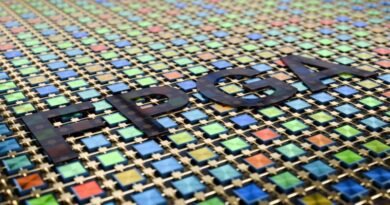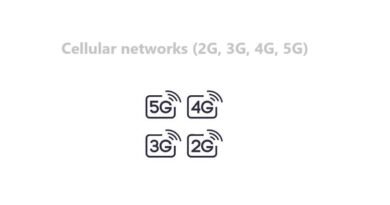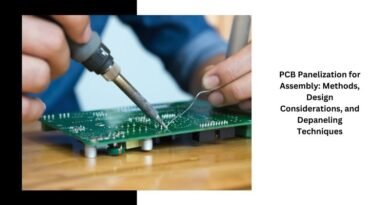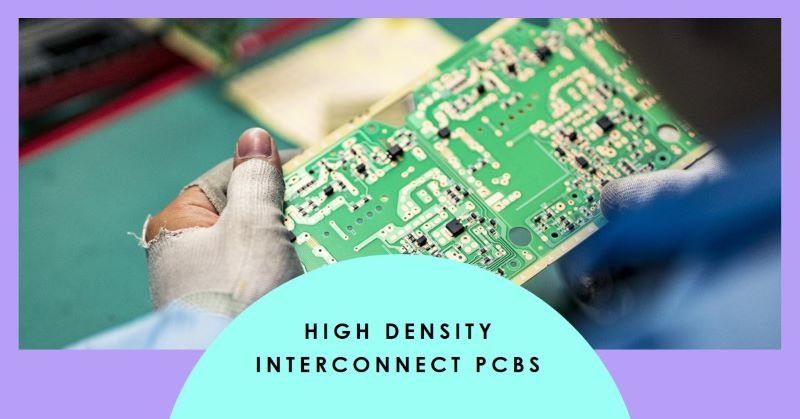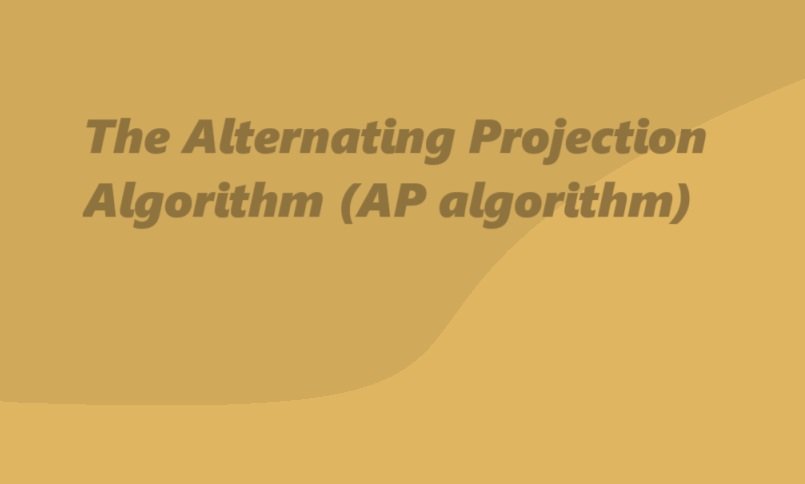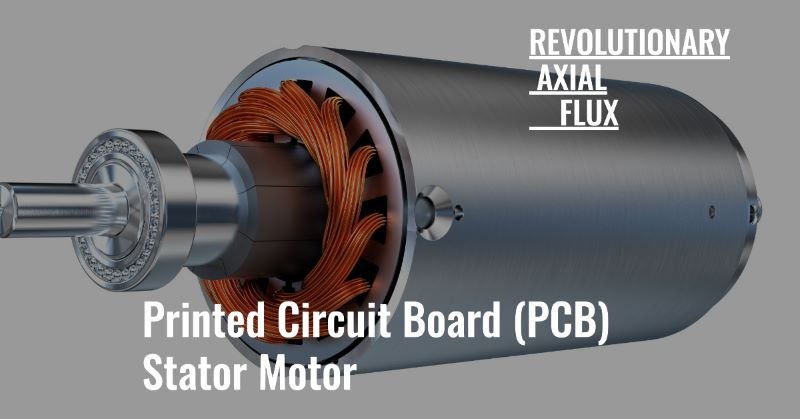IoT in Agriculture: Precision Farming and Smart Irrigation Systems
The Internet of Things (IoT) is transforming agriculture by introducing advanced technologies that optimize farming practices, increase crop yields, and conserve resources. Among the most impactful applications of IoT in agriculture are precision farming and smart irrigation systems. These innovations enable farmers to use real-time data to make informed decisions, automate tasks, and reduce waste. By harnessing the power of IoT, agriculture is becoming more efficient, sustainable, and productive.
In this article, we will explore how IoT is revolutionizing agriculture, focusing on precision farming and smart irrigation systems, and how they contribute to a more sustainable future for farming.
What is IoT in Agriculture?
IoT in agriculture refers to the use of internet-connected devices and sensors that collect, monitor, and analyze data to help farmers make better decisions. These devices are embedded in agricultural equipment, crops, and the environment, allowing farmers to track key metrics such as soil moisture, temperature, crop health, and weather patterns. The data collected is transmitted to cloud platforms or local systems, which farmers can access to monitor their farms in real-time.
IoT in agriculture aims to:
- Improve crop management through real-time data collection.
- Enhance resource efficiency by optimizing water usage, fertilizer application, and pesticide use.
- Reduce waste and costs by automating tasks and improving decision-making.
- Increase crop yields and quality by providing insights into the best farming practices.
Precision Farming
Precision farming refers to the use of technology to monitor and manage the variability in fields to ensure that crops receive the right amount of water, nutrients, and care. It involves using IoT-enabled sensors, drones, satellite imagery, and data analytics to collect detailed information about soil conditions, crop health, and environmental factors.
Key Technologies in Precision Farming
- Soil Sensors:
- IoT-enabled soil sensors measure various parameters such as soil moisture, pH levels, temperature, and nutrient content. This data helps farmers determine the optimal time to plant, irrigate, and apply fertilizers.
- For example, soil moisture sensors can indicate whether the soil is dry or saturated, enabling farmers to water crops only when necessary, preventing overwatering and conserving water resources.
- Drones and UAVs (Unmanned Aerial Vehicles):
- Drones equipped with sensors and cameras are used to monitor large agricultural fields. They can capture high-resolution images and provide valuable insights into crop health, pest infestations, and areas needing attention.
- Drones can also be used for aerial spraying of fertilizers or pesticides, reducing labor costs and ensuring that the right amount of chemicals is applied at the right locations.
- Weather Stations:
- IoT-based weather stations collect data on temperature, humidity, rainfall, and wind speed. This information helps farmers predict weather patterns, optimize planting schedules, and make decisions about irrigation, pest control, and harvesting.
- For example, farmers can receive early warnings about adverse weather conditions like storms or frosts, allowing them to take preventive actions to protect crops.
- GPS and RTK (Real-Time Kinematic) Systems:
- GPS and RTK systems enable precise field mapping and tractor guidance, helping farmers plant crops at optimal distances and angles. These systems also enable the accurate application of fertilizers, pesticides, and herbicides, reducing waste and improving efficiency.
- For example, farmers can use GPS to precisely apply fertilizers only where needed, based on soil nutrient levels, which reduces costs and environmental impact.
- Crop Health Monitoring:
- IoT devices, including drones and ground-based sensors, can monitor crop health by detecting issues such as nutrient deficiencies, diseases, or pest infestations. Using data analytics and image processing, these devices provide early alerts so that farmers can address problems before they spread.
Benefits of Precision Farming
- Increased Yields:
- By optimizing resource use and ensuring that crops receive the right care, precision farming can increase crop yields and quality. For example, targeted fertilizer application ensures that plants receive nutrients at the right time, improving growth and reducing waste.
- Resource Efficiency:
- Precision farming helps farmers use resources such as water, fertilizer, and pesticides more efficiently. By monitoring soil conditions and weather, farmers can apply the right amount of inputs only when needed, reducing waste and conserving resources.
- Reduced Environmental Impact:
- Precision farming practices help reduce the environmental impact of farming. By minimizing the use of fertilizers and pesticides, and using water more efficiently, farmers can reduce pollution, conserve natural resources, and improve soil health.
- Cost Savings:
- With precision farming, farmers can reduce the costs associated with labor, water, and inputs. Automating tasks such as irrigation and fertilization also leads to more efficient use of resources and reduced operational costs.
- Better Decision-Making:
- IoT devices provide farmers with real-time, accurate data that helps them make informed decisions about crop management. Whether it’s deciding when to plant, irrigate, or harvest, precision farming enables farmers to act based on facts rather than guesswork.
Smart Irrigation Systems
Smart irrigation systems are another critical component of IoT in agriculture. These systems use IoT-enabled devices such as soil moisture sensors, weather stations, and flow meters to automate and optimize the irrigation process. By collecting real-time data on soil moisture levels, weather conditions, and water availability, smart irrigation systems ensure that crops receive the right amount of water at the right time, reducing water waste and improving crop health.
Key Components of Smart Irrigation Systems
- Soil Moisture Sensors:
- Soil moisture sensors measure the water content in the soil and send this data to a central system. Based on the moisture levels, the system can trigger irrigation only when necessary, preventing overwatering and underwatering.
- These sensors can also detect variations in soil moisture across different areas of a field, allowing for precise irrigation management in specific zones.
- Weather Stations:
- Weather stations collect data on temperature, humidity, rainfall, and wind speed. By integrating this data into the irrigation system, farmers can adjust watering schedules based on upcoming weather conditions.
- For example, if a weather station predicts rainfall, the system can delay irrigation, saving water and preventing waterlogging.
- Flow Meters and Water Valves:
- Flow meters measure the amount of water being delivered to crops, while water valves regulate the flow of water. These components allow farmers to monitor and control the irrigation process in real-time, ensuring that water is used efficiently.
- Cloud Platforms and Mobile Apps:
- Many smart irrigation systems are connected to cloud platforms that allow farmers to monitor and control their irrigation systems remotely. Through mobile apps or web interfaces, farmers can adjust irrigation schedules, receive alerts about water usage, and analyze system performance.
Benefits of Smart Irrigation Systems
- Water Conservation:
- One of the most significant advantages of smart irrigation is water conservation. By applying water only when necessary, smart irrigation systems reduce water waste, which is especially important in areas facing water scarcity.
- Improved Crop Health:
- Smart irrigation systems ensure that crops receive the optimal amount of water, leading to healthier plants and improved growth. Proper watering helps prevent issues such as root rot, water stress, and dehydration.
- Cost Savings:
- By optimizing water usage, smart irrigation systems can reduce water costs and lower energy bills associated with irrigation pumps. The system’s automation also reduces the need for manual labor, further cutting operational costs.
- Sustainability:
- Smart irrigation systems contribute to more sustainable farming practices by reducing the environmental impact of water overuse and promoting responsible resource management.
- Data-Driven Insights:
- With IoT-enabled smart irrigation systems, farmers can access real-time data about water usage, soil moisture, and environmental conditions. This data helps farmers make more informed decisions about irrigation schedules, crop management, and water resource allocation.
Challenges and Considerations in IoT Agriculture
- Data Security and Privacy:
- As IoT devices in agriculture collect large amounts of data, ensuring the security and privacy of this data is crucial. Farmers must take steps to protect sensitive information, such as crop yields, soil conditions, and financial records.
- High Initial Costs:
- The implementation of IoT technologies in agriculture can involve significant upfront costs, including the purchase of sensors, devices, and cloud platforms. However, the long-term savings and increased productivity often offset these initial expenses.
- Connectivity Issues:
- Many agricultural areas, especially in rural regions, may lack reliable internet connectivity. This can pose a challenge for the implementation and operation of IoT devices, which rely on stable internet connections to transmit data.
- Integration and Compatibility:
- Integrating various IoT devices and platforms can be challenging due to differences in communication protocols and standards. Farmers need to ensure that the devices they choose are compatible with one another to ensure smooth data flow and system integration.
Conclusion
IoT technologies such as precision farming and smart irrigation systems are revolutionizing agriculture by providing farmers with real-time data and advanced tools to optimize farming practices. These technologies help farmers improve crop yields, conserve resources, and reduce environmental impact while enhancing the efficiency and sustainability of their operations. As IoT continues to evolve, its potential to transform agriculture and address global challenges like food security and resource scarcity will only grow. Through precision farming and smart irrigation, IoT is enabling a more connected, efficient, and sustainable future for agriculture.

